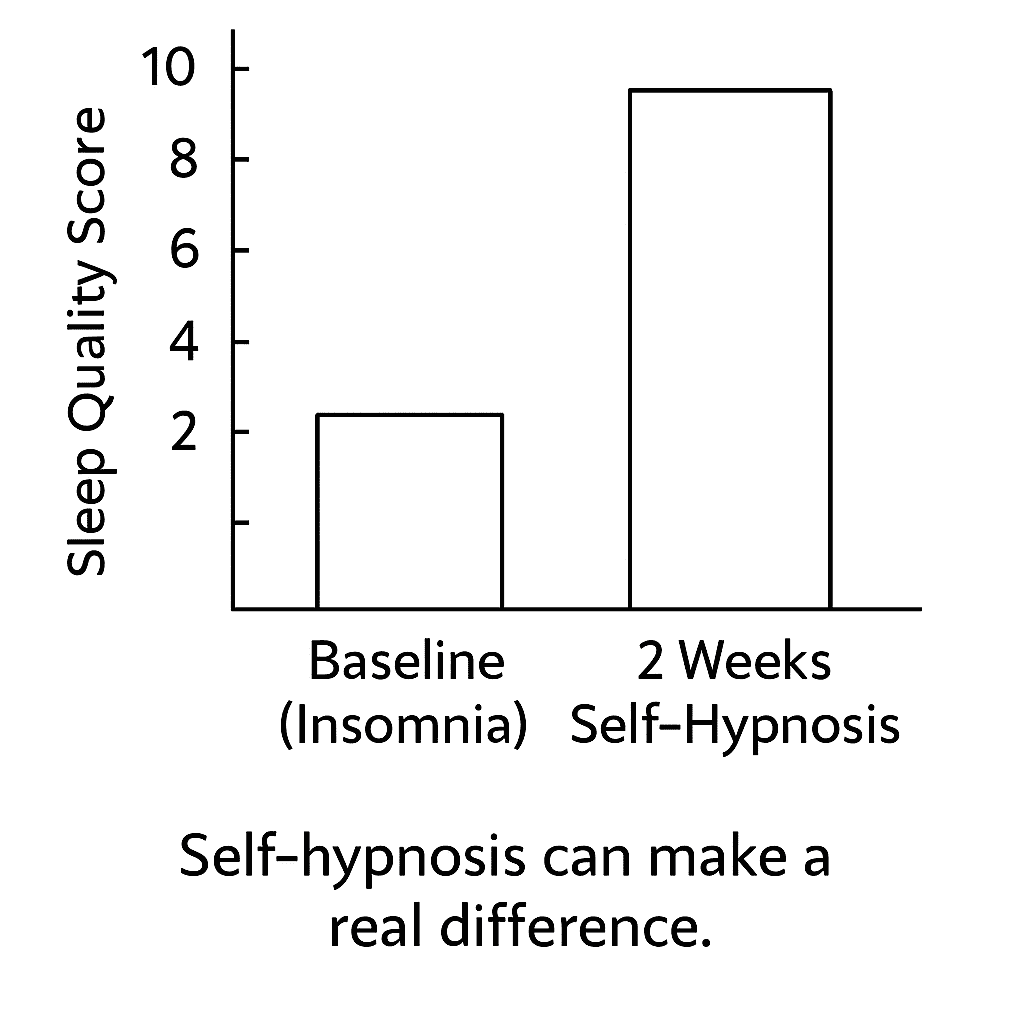
How Hypnotic Relaxation Reduces Cortisol Levels
Hypnotic relaxation is a powerful technique that leverages the mind-body connection to promote deep relaxation and alleviate stress. One of the primary physiological effects of this relaxation state is the significant reduction of cortisol, a hormone produced by the adrenal glands in response to stress. Elevated cortisol levels can lead to various health issues, including anxiety, depression, and compromised immune function.
During hypnotic relaxation, individuals enter a state of focused attention and heightened suggestibility, which allows them to bypass the regular cognitive processes that can contribute to stress. This altered state can decrease the activity of the sympathetic nervous system, the part of the autonomic nervous system responsible for the fight-or-flight response. As the body shifts into a more relaxed state, physiological markers such as heart rate, blood pressure, and muscle tension decrease, resulting in a corresponding decrease in cortisol production.
Research has shown that engaging in hypnotic relaxation techniques, such as guided imagery and progressive muscle relaxation, can effectively reduce perceived stress levels. As stress diminishes, the body is no longer required to produce excess cortisol, allowing for a more balanced hormonal environment. This reduction not only enhances overall well-being but can also lead to improved mood, better sleep quality, and increased resilience against future stressors.
In summary, hypnotic relaxation is an effective tool for managing stress and reducing cortisol levels. By fostering a deep sense of calm and guiding individuals toward mental tranquillity, it supports both mental and physical health.
Improved Sleep Hygiene: Utilising Evening Self-Hypnosis Techniques to Calm Racing Thoughts
Establishing a solid sleep routine is essential for achieving restorative rest. One effective method to enhance sleep hygiene is practising evening self-hypnosis. This technique involves finding a tranquil environment where one can relax without distractions. By focusing on soothing visualisations and affirmations, individuals can gradually quiet their racing thoughts and alleviate the mental clutter that often disrupts sleep.
To begin, set aside at least 20-30 minutes before bedtime in a dimly lit room. Start by finding a comfortable position, whether lying down or sitting. Take deep, slow breaths to help lower your heart rate and induce a state of relaxation. As you ease into this calm state, visualise a serene landscape that brings you peace, perhaps a quiet beach or a lush forest.
Incorporate soft, calming music or natural sounds to enhance the atmosphere further. As you guide yourself into a hypnotic state, repeat affirmations such as “I am at peace” or “My mind is clear and calm.” This practice not only helps quiet racing thoughts but also promotes a deeper, more restful sleep, ultimately improving overall sleep hygiene. Consistent use of evening self-hypnosis can transform your nightly routine, leading to more restful sleep and improved overall well-being.
– Real-life example: Mrs. Cartwright demonstrated a notable improvement in her insomnia through the implementation of a straightforward relaxation technique involving her pillow. After only three hypnotherapy sessions, she was able to achieve restful sleep without relying on pharmacological intervention.
